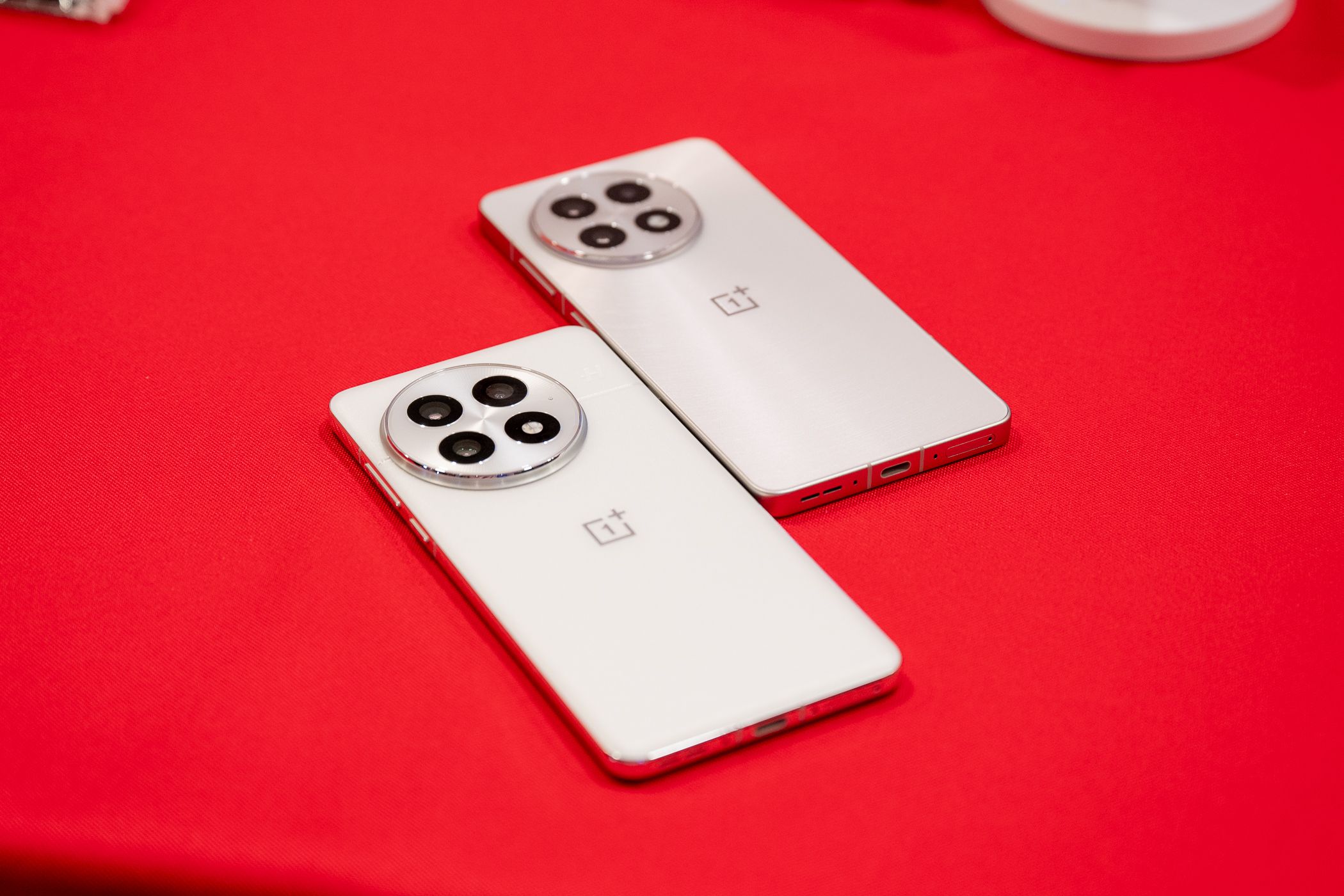Whether you’re scrolling through social media at night or catching up on emails in low light, screen flicker is probably the last thing on your mind. But for some Pixel users, that subtle flicker can be a real problem. It’s caused by a display technology called PWM (pulse-width modulation)—a common method for adjusting screen brightness on OLED panels.
Most people never notice it, but for a subset of users, especially at lower brightness levels, it can lead to eye strain, headaches, and even migraines. Despite years of feedback, Google has never publicly addressed it. That might finally be changing.
In a recent statement to Android Central, Google finally acknowledged the issue, stating that its teams are “aware and investigating” potential solutions, with updates expected later this year. It’s the first time Google has openly recognized PWM concerns, and with the Pixel 10 around the corner, it couldn’t have come at a better time.
Google’s First Real Acknowledgment of Display Flicker
Let’s be honest—this isn’t the kind of thing that grabs headlines during a product launch. You’ll hear about megapixels, AI tools, and battery life, but display dimming technology? Not so much.
That’s why Google’s statement stands out. As reported by Nicholas Sutrich at Android Central, this is the first time in years that Google has even acknowledged concerns about PWM dimming. It comes after repeated questions and consistent silence.
So why now? Maybe it’s timing. Maybe it’s pressure. Or maybe Google is finally realizing that screen comfort matters more than just display specs, especially as users spend more hours glued to their phones.
What Is PWM Dimming and Why Does It Matter?
If you’re not familiar with PWM, let’s break it down in plain English. PWM stands for “pulse-width modulation,” a technique used by OLED displays to control brightness. Instead of lowering the voltage to dim the screen (like older LCDs), PWM turns the screen on and off very rapidly—hundreds of times per second—to simulate lower brightness levels.
To most people, this flicker is invisible. But for others, especially at low brightness, the brain picks up on that subtle flashing, leading to fatigue, eye strain, or even migraines.
The key factor here is the PWM frequency—how fast that flickering happens. Phones like the newly launched Pixel 9a operate at frequencies around 240Hz or 480Hz, which isn’t high enough to eliminate the perceptible flicker for everyone. In contrast, the OnePlus 13 and 13R use a much higher 2160Hz, which is fast enough that most people don’t notice it at all.
To put it simply, the faster the flicker, the less likely your eyes are to feel it. Google sticking with 240Hz on its Pixel lineup has been puzzling, especially when much of the competition has already moved forward.
What Could Google Do with the Pixel 10?
There’s no confirmation yet that the Pixel 10 will include a fix for this, but the timing of Google’s statement—“later this year”—lines up neatly with the Pixel 10 launch window. Here’s what that fix might look like:
1. Higher PWM Frequency
The simplest and most effective change would be to bump the PWM frequency to 1920Hz or beyond. That would bring the Pixel in line with competitors and drastically improve comfort for flicker-sensitive users.
2. Flicker-Reduction Accessibility Mode
Some manufacturers have already included flicker-reduction options as part of their OLED display settings. Google could easily introduce a toggle in the Accessibility menu, allowing users to prioritize eye comfort over pure display fidelity.
3. Software-Based Fixes for Older Pixels
While hardware limitations may apply, it’s possible Google could roll out a basic flicker-reduction setting via software updates. That would show real commitment to solving the problem, not just for new buyers but for existing users too.
Even If You’re Not Sensitive, This Still Matters
Here’s the thing—not everyone is sensitive to PWM flicker. But for those who are, it’s a real issue that can make using a phone genuinely uncomfortable. Eye strain, headaches, and even nausea aren’t just hypothetical; they’re daily problems for some users.
Even if you’ve never felt screen-induced strain, this is about user choice and accessibility. It’s no different from other accessibility options: you may not need it yourself, but someone else might. And with the amount of screen time we rack up every day, even those without sensitivity could appreciate a screen that’s just easier on the eyes.
That’s what makes this such an important development. Google might be playing catch-up here, but it’s the kind of change that will actually improve daily usability for a lot of people.
Want More Pixel 10 Scoops?
The display might finally be easier on the eyes, but that’s not the only thing changing. Google is also making some bold moves with the camera setup on the Pixel 10, including adding a telephoto lens to the base model for the first time. But it’s not all good news.





:max_bytes(150000):strip_icc()/googlehomealarmsound-b2e57d304c8a4e3f8b9980d529fbb773.jpg?w=1174&resize=1174,862&ssl=1)


Leave a Comment
Your email address will not be published. Required fields are marked *